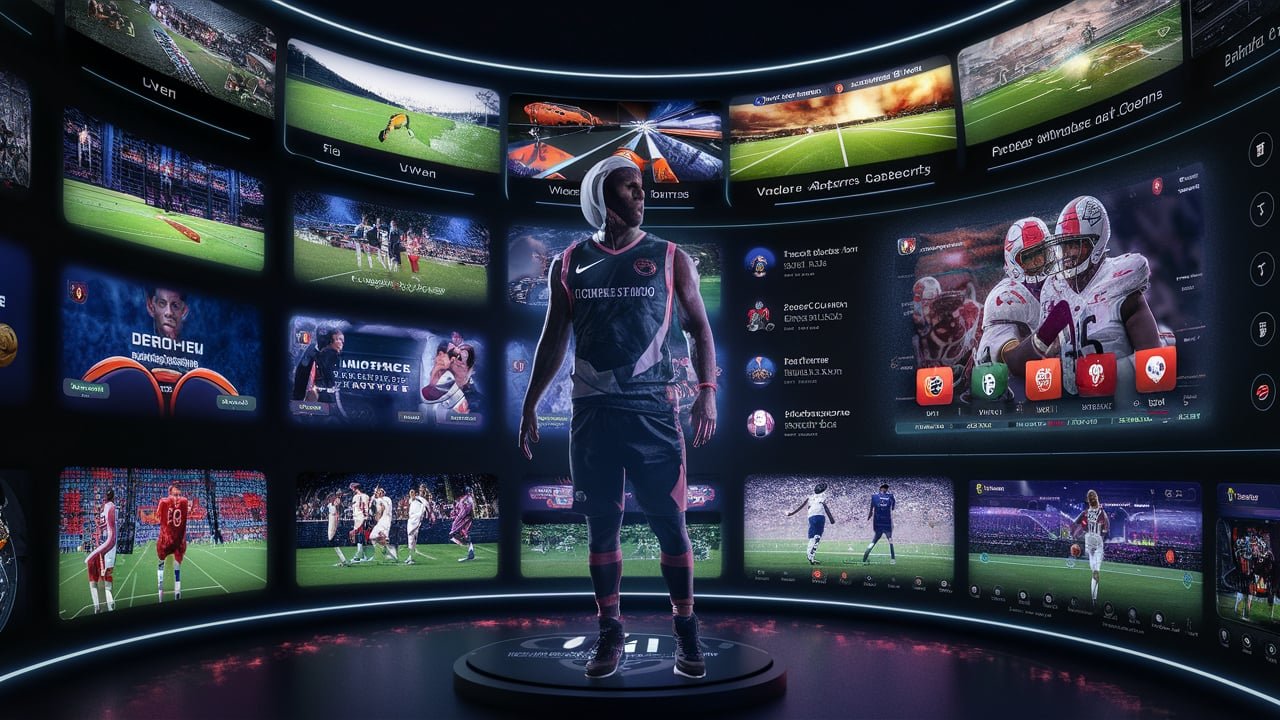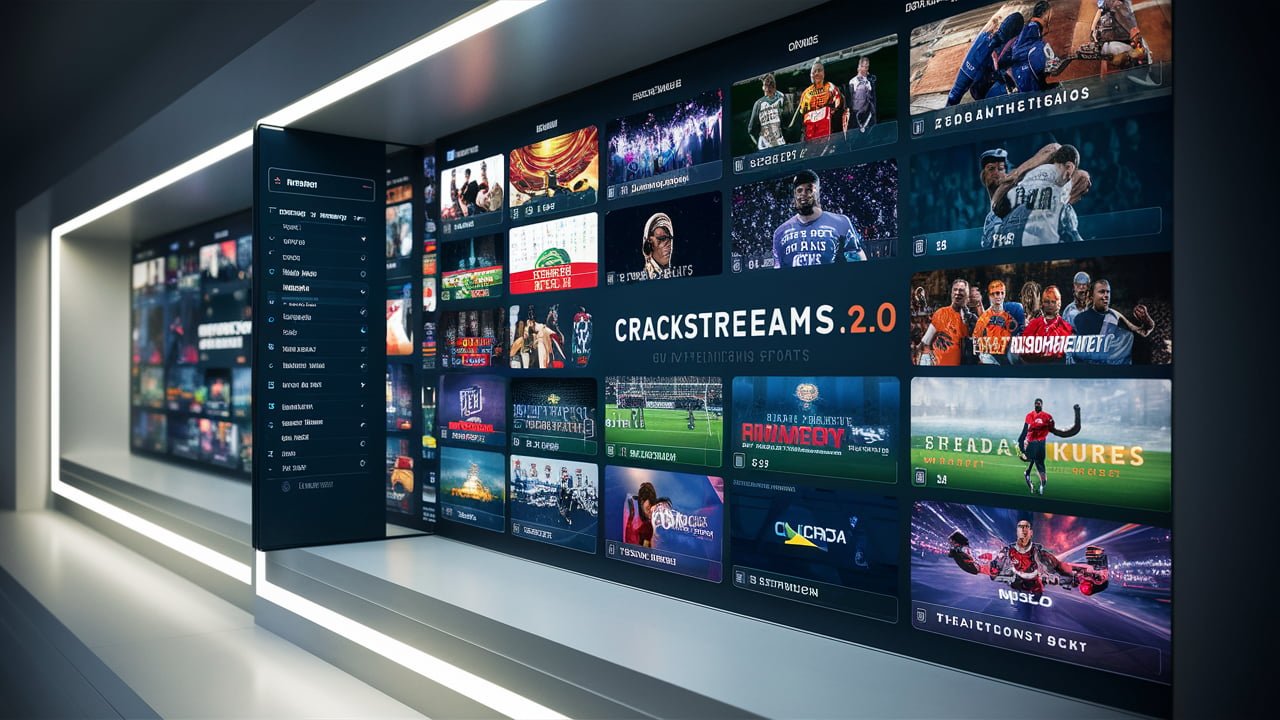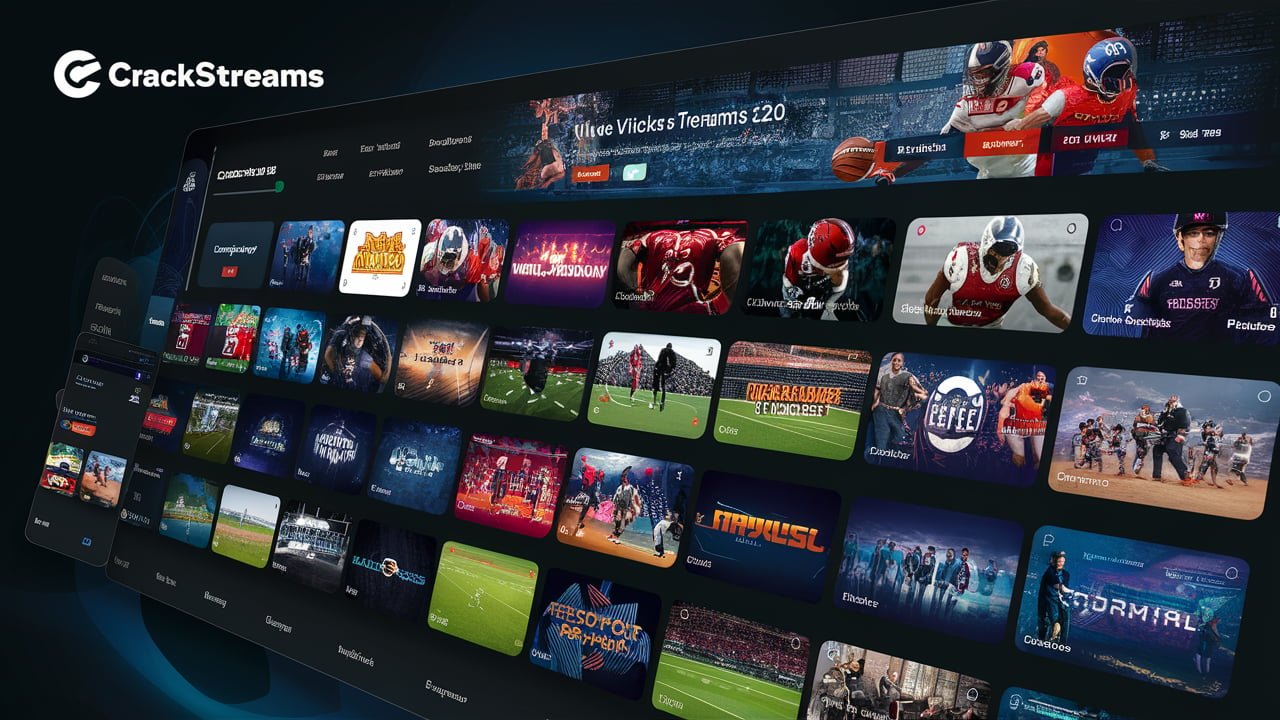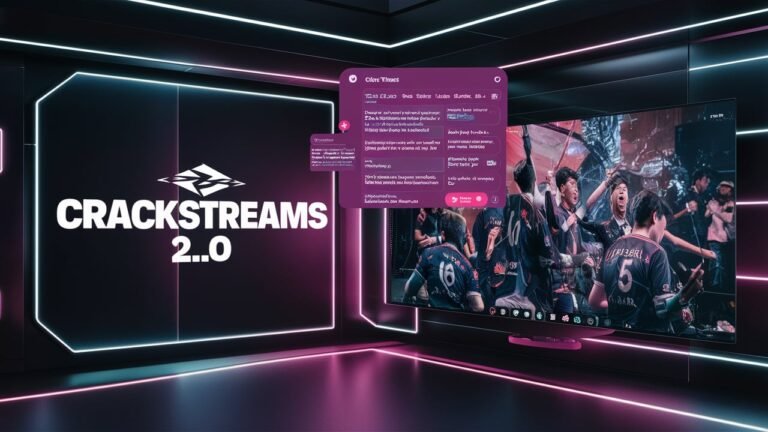The landscape of sports streaming has undergone a dramatic transformation in recent years, with platforms like CrackStreams 2.0 emerging as a significant player in how fans consume sports content. As traditional broadcasting models continue to evolve, the rise of digital streaming platforms has revolutionized access to sporting events, bringing both opportunities and challenges to the forefront of the sports entertainment industry.
The Rise of Digital Sports Streaming Platforms
The digital revolution has fundamentally altered how sports enthusiasts engage with their favorite games and events. The emergence of streaming platforms represents a paradigm shift from conventional cable subscriptions to more flexible, on-demand viewing options.

This transformation reflects broader changes in consumer behavior, where viewers increasingly prefer personalized, accessible content delivery systems. The streaming phenomenon has grown exponentially, with platforms like CrackStreams 2.0 capitalizing on the growing demand for convenient sports content access. This shift has been particularly pronounced among younger demographics, who demonstrate a strong preference for digital platforms over traditional broadcasting methods. The ability to watch multiple games simultaneously, access real-time statistics, and engage with interactive features has created a more immersive viewing experience that was previously unimaginable.
Understanding CrackStreams 2.0’s Technology Infrastructure
The technological foundation of modern sports streaming platforms represents a complex ecosystem of servers, content delivery networks (CDNs), and adaptive streaming protocols. CrackStreams 2.0 utilizes advanced streaming technologies to deliver high-quality content to viewers across various devices and network conditions. The platform’s infrastructure is designed to handle massive concurrent viewership during major sporting events, implementing sophisticated load-balancing systems and redundancy measures to maintain stable streaming quality. The integration of adaptive bitrate streaming ensures that viewers receive the optimal video quality based on their internet connection speed, while minimizing buffering and latency issues that often plague live sports broadcasts. This technical sophistication extends to the platform’s user interface, which prioritizes intuitive navigation and seamless content discovery.
Impact on Traditional Broadcasting Models

The proliferation of digital streaming platforms has sent shockwaves through the traditional sports broadcasting industry. Established networks and cable providers have been forced to adapt their business models and distribution strategies in response to changing viewer preferences. This disruption has led to significant shifts in how broadcasting rights are negotiated and valued, with digital platforms increasingly competing for exclusive content deals. The traditional revenue models based on cable subscriptions and advertising have faced unprecedented challenges, prompting broadcasters to develop hybrid approaches that incorporate both conventional and digital distribution channels. This evolution has also influenced how sports leagues and organizations approach media rights, with many exploring direct-to-consumer streaming options alongside traditional broadcasting partnerships.
Legal and Ethical Considerations in Sports Streaming
The rapid growth of sports streaming platforms raises important questions about content rights, intellectual property protection, and fair compensation for content creators and rights holders. The complex web of broadcasting rights agreements across different jurisdictions creates significant challenges for platforms operating in the global digital space. The industry must navigate issues related to geo-blocking, content licensing, and copyright enforcement while meeting viewer demands for accessible content. These challenges have prompted discussions about the need for updated regulatory frameworks that better reflect the realities of digital content distribution while protecting the interests of all stakeholders in the sports entertainment ecosystem.
The Future of Sports Streaming Technology

As technology continues to advance, the future of sports streaming holds exciting possibilities for enhanced viewer experiences. The integration of augmented reality (AR) and virtual reality (VR) technologies promises to create more immersive viewing experiences, allowing fans to feel closer to the action than ever before. Artificial intelligence and machine learning algorithms are being developed to provide personalized content recommendations and automated highlight generation, enhancing the overall viewing experience. The rollout of 5G networks and improvements in video compression technology will enable higher quality streams with reduced latency, making live sports streaming more reliable and enjoyable for viewers worldwide.
Frequently Asked Questions
Q: What makes CrackStreams 2.0 different from traditional sports broadcasting? A: CrackStreams 2.0 offers enhanced flexibility, multiple viewing options, and interactive features that traditional broadcasting cannot match, along with the convenience of accessing content across various devices.
Q: How does the platform ensure stable streaming during major sporting events? A: The platform employs advanced load-balancing systems, CDNs, and adaptive streaming technologies to maintain consistent quality during high-traffic periods.
Q: What role does technology play in the future of sports streaming? A: Emerging technologies like AR, VR, and AI will continue to enhance the viewing experience, while improvements in network infrastructure will enable higher quality streams with reduced latency.
Conclusion
The evolution of sports streaming platforms like CrackStreams 2.0 represents a significant shift in how sports content is distributed and consumed in the digital age. As technology continues to advance and viewer preferences evolve, these platforms will likely play an increasingly important role in the sports entertainment landscape. The industry must continue to address challenges related to content rights, technology infrastructure, and user experience while adapting to changing market dynamics. The future of sports streaming appears promising, with ongoing technological innovations poised to create even more engaging and immersive viewing experiences for sports fans worldwide.
